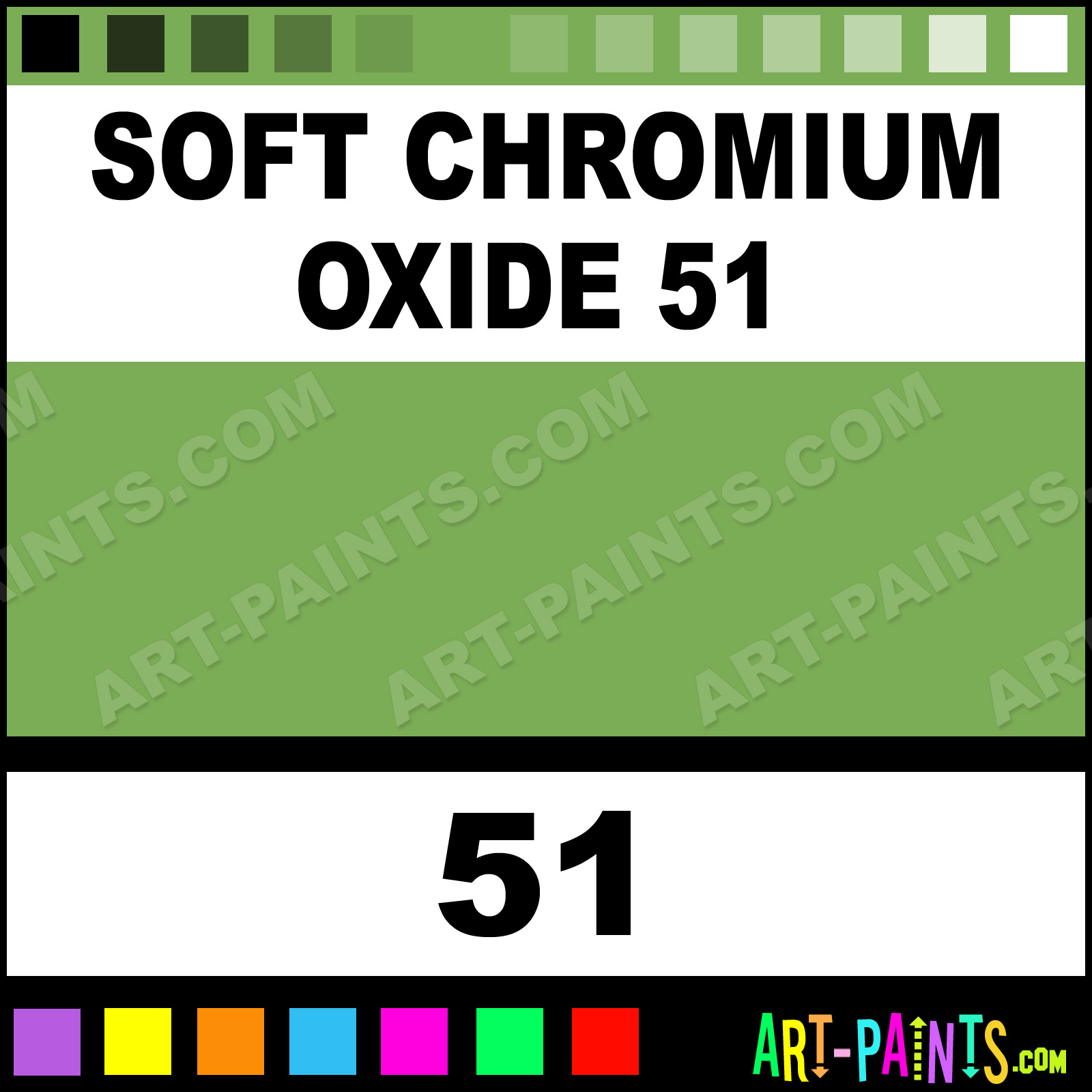

Both theories have valid points, and the truth is that both could be true and it depends on the region in which they form.Īnother theory holds that the silica forms a colloidal solution within the cavity and the separate layers are caused by differing particle sizes as the material cools over millions of years. We’re still not quite sure if they form from the outside in or the inside out. These generally give you a good idea of where the orbicular portions of the stone are, making the rough easier to identify and work with.Īs time goes on, the agates will form in bands. This latter form is comprised of small, intersecting spheres. Mexican Agates are found as both smoother nodules and in a botryoidal form. For most of us, the red variety is the first one that comes to mind. The most prized have red and pink worked into them, creating dramatic coloration. While some material consists only of monochromatic white, grey, and black spots, others may bear green or blue bits. The various impurities which make their way in are the source of the stone’s coloration. This is the same mineral that makes up quartz, but chalcedony is most often a mixture of quartz and its polymorph moganite at the microscopic level. Like all agates, Mexican Agate is comprised largely of cryptocrystalline silica. This gives the stone the “lace” name, as it loosely resembles the intricate patterns of lace fabric. Scattered among these layers of colored silica are orbicular patterns, consisting of concentric circles of color. This loose category of agates generally means that the banding in the stones will have sharp angles. Holbein Pigment Paste is not compatible with oil paints, oil mediums, or solvent-based inks.Specifically, you’ll find that these stones are largely fortification agates.

For our swatches, we used watercolor medium as a binder. You need to mix it with a colorless water-based medium or into other water-based colors like acrylic, watercolor, and pigment ink, or it won't be able to stick to your surface.

Please note: Pigment Paste is not paint, because it doesn't contain paint medium. It's extremely concentrated, and it won't take much to color almost any water-based substance. It would be quite difficult to match watercolor to acrylic ink by buying two different products, but it's easy with Pigment Paste! Just one tip: start with the medium or the other paint you're modifying, then drip in a tiny amount of Pigment Paste. You can see our artist applying the acrylic ink with a dip pen and a brush. Then, after a few layers of watercolor (these single-pigment pastes mix beautifully when made into paint) we made acrylic ink with Holbein Pigment Paste in Shadow Green. First, we mixed it with watercolor medium and a few drops of water to create incredibly concentrated watercolor. In our studio test, we used six colors of Pigment Paste with two different mediums. Try pairing Pigment Paste with a tube of white gouache or acrylic paint to make a range of different pastel shades. It's compatible and easily mixable with watercolor mediums (like gum arabic or Aqua Gloss), acrylic mediums in all textures, and water-based pigment inks. The pigment particles are superfine, and Holbein has done the hard work of forming a stable dispersion. Unlike making paint and ink with dry pigment, Holbein Pigment Paste doesn't require you to grind or mull the mixture. Holbein Pigment Paste gives you the control and flexibility of pure pigment, but it's already been mixed with a dispersant and a wetting agent, so you can squeeze it out of a bottle and add it to your preferred medium. If you've ever worked with powdered pigments, you know how messy and difficult it can be.


 0 kommentar(er)
0 kommentar(er)
